Low-e vs solar gain vs window treatments
stimyg
16 years ago
Featured Answer
Sort by:Oldest
Comments (22)
stimyg
16 years agolast modified: 9 years agoRelated Professionals
Chicago Window Contractors · Godfrey Window Contractors · Hutto Window Contractors · Lakewood Window Contractors · Sacramento Window Contractors · Arlington Window Contractors · Pacifica Window Contractors · Goodlettsville General Contractors · Kettering General Contractors · Mount Vernon General Contractors · Redan General Contractors · University Park General Contractors · Waimalu General Contractors · Miami Springs Carpenters · North Richland Hills Carpentersguy_exterior_man
16 years agolast modified: 9 years agostimyg
16 years agolast modified: 9 years agocalbay03
16 years agolast modified: 9 years agooberon476
16 years agolast modified: 9 years agostimyg
16 years agolast modified: 9 years agocalbay03
16 years agolast modified: 9 years agoguy_exterior_man
16 years agolast modified: 9 years agooberon476
16 years agolast modified: 9 years agocalbay03
16 years agolast modified: 9 years agooberon476
16 years agolast modified: 9 years agoed28714
16 years agolast modified: 9 years agotru_blue
16 years agolast modified: 9 years agooberon476
16 years agolast modified: 9 years agoed28714
16 years agolast modified: 9 years agojamesgrey
16 years agolast modified: 9 years agooberon476
16 years agolast modified: 9 years agojamesgrey
16 years agolast modified: 9 years agozins
15 years agolast modified: 9 years agooberon476
15 years agolast modified: 9 years agocalbay03
15 years agolast modified: 9 years ago
Related Stories
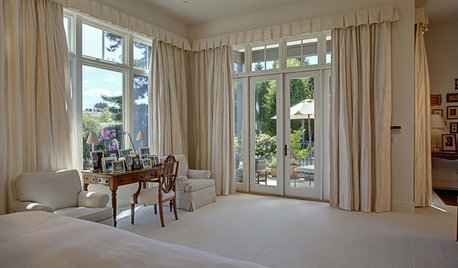
WINDOW TREATMENTSHow Low Should Your Drapes Go?
Hover, brush the floor or pool like Scarlett O'Hara's tears — we give you the lowdown on curtain length options
Full Story
WINDOW TREATMENTSEasy Green: 9 Low-Cost Ways to Insulate Windows and Doors
Block drafts to boost both warmth and energy savings with these inexpensive but effective insulating strategies
Full Story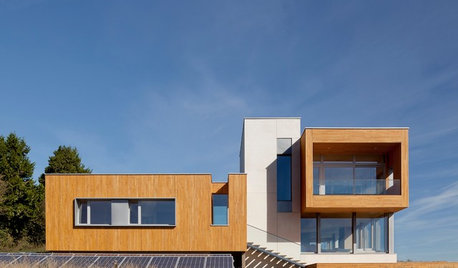
GREEN BUILDINGSunlight Used Right: Modern Home Designs That Harness Solar Power
Embracing passive heating principles through their architecture, siting and more, these homes save energy without skimping on warmth
Full Story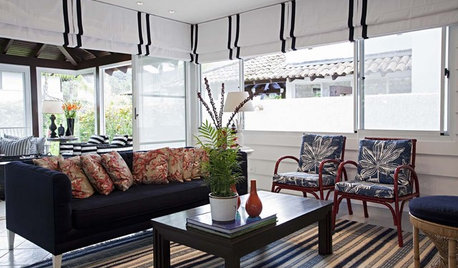
WINDOW TREATMENTS7 Window Treatments That Can Lower Your Energy Bills
Beautify your windows, keep your home cool and reduce energy use all at once with the right covering
Full Story
GREEN BUILDINGGoing Solar at Home: Solar Panel Basics
Save money on electricity and reduce your carbon footprint by installing photovoltaic panels. This guide will help you get started
Full Story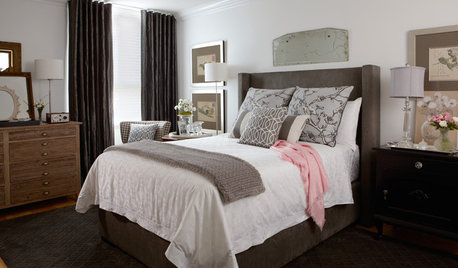
MORE ROOMSA Bedroom Lets Go to Gain Elegance and Serenity
Cluttered and outdated, this Ontario bedroom needed purging before it could take on a more sophisticated style
Full Story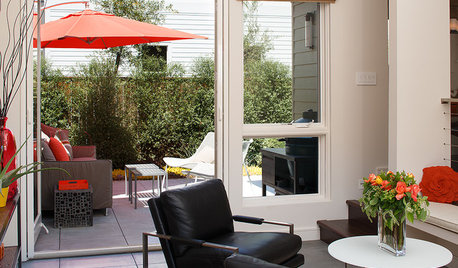
CONTEMPORARY HOMESHouzz Tour: Gaining Space and Options With a Flex Room
See how a new entryway bonus room increases dining and entertaining possibilities, and improves this California home’s flow
Full Story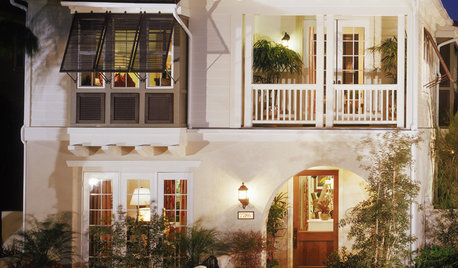
ARCHITECTURETime-Tested, Low-Tech Ways to Cool a Home
People have been beating the heat around the world for centuries without plugging anything in. Could these ideas work for your home today?
Full Story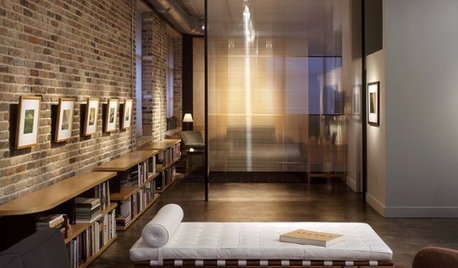
MATERIALSMaterials Workshop: Polycarbonate — a Low-Cost Alternative to Glass
Looking for something lighter, stronger and less expensive than glass? Multiwall polycarbonate may be a good option
Full Story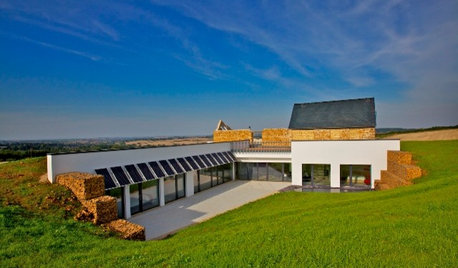
CONTEMPORARY HOMESHouzz Tour: A Stunning Low-Energy Home in the Cotswolds
Tucked into a hill next to a once-derelict barn, this new home follows a Passivhaus approach with contemporary flair
Full Story






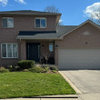
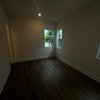
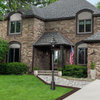
calbay03